Home>Storage & Organization>Kitchen Organizing Tools>How Often Should A Cat Use The Litter Box?
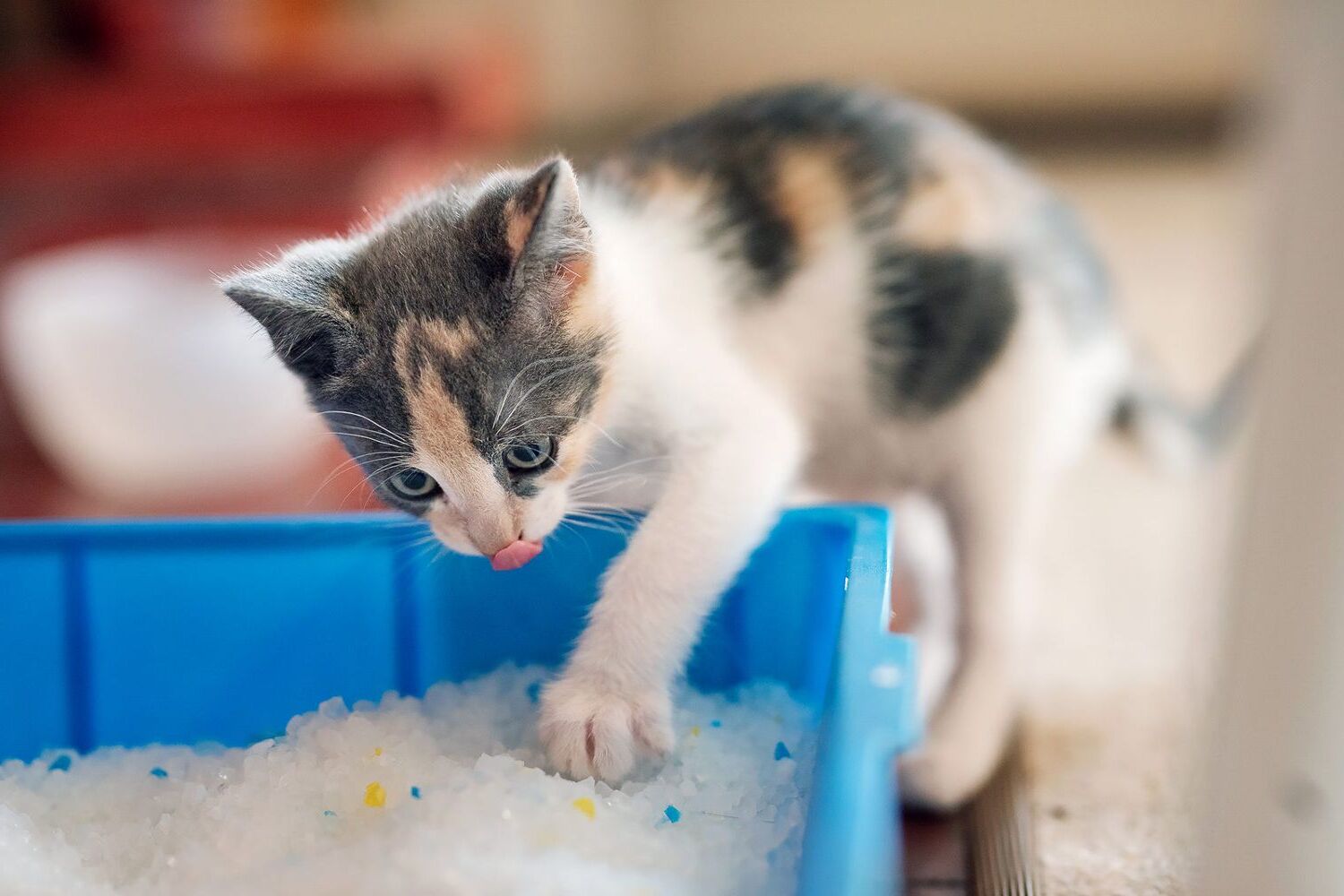

Kitchen Organizing Tools
How Often Should A Cat Use The Litter Box?
Modified: August 24, 2024
Find the best kitchen organizing tools for a clutter-free space. Discover top-rated products and expert tips for efficient organization.
(Many of the links in this article redirect to a specific reviewed product. Your purchase of these products through affiliate links helps to generate commission for Storables.com, at no extra cost. Learn more)
Introduction
The litter box is a crucial aspect of a cat's daily routine, serving as a primary location for urination and defecation. As a responsible cat owner, understanding your feline friend's litter box habits is essential for maintaining their health and well-being. By gaining insight into the factors influencing litter box usage, recognizing normal frequency patterns, and identifying potential issues, you can ensure that your cat's litter box experience is optimal.
A cat's behavior around the litter box can provide valuable insights into their overall health and comfort. By observing their habits and addressing any irregularities promptly, you can foster a positive environment that promotes consistent litter box usage. Throughout this article, we will explore the various factors affecting a cat's litter box habits, the typical frequency of litter box usage, potential signs of litter box issues, and effective tips for encouraging regular litter box usage. Understanding these aspects will empower you to create a supportive and hygienic environment that meets your cat's needs.
As we delve into the intricacies of feline litter box behavior, it's important to approach the topic with a proactive mindset. By staying attuned to your cat's habits and implementing best practices, you can mitigate potential litter box challenges and ensure that your cat feels comfortable and secure in their designated elimination area. Let's embark on this insightful journey to unravel the mysteries of litter box usage and enhance the well-being of our beloved feline companions.
Key Takeaways:
- Cats prefer a clean, quiet, and private litter box. Regular scooping and strategic placement can encourage consistent litter box usage, promoting a harmonious environment for your feline friend.
- Monitoring your cat’s litter box habits and addressing any changes promptly can help maintain their well-being. Experimenting with litter types and providing multiple boxes in multi-cat households can also contribute to a positive litter box experience.
Factors Affecting Litter Box Usage
Several factors can significantly influence a cat's litter box usage, encompassing both environmental and behavioral elements. Understanding these factors is crucial for maintaining a harmonious relationship between your cat and their litter box.
1. Litter Box Placement
The location of the litter box plays a pivotal role in a cat's willingness to use it. Cats prefer privacy and quiet when attending to their toileting needs. Placing the litter box in a secluded yet accessible area can promote a sense of security and comfort, encouraging regular usage.
2. Litter Type and Cleanliness
The type of litter and its cleanliness directly impact a cat's preference for the litter box. Cats exhibit individual preferences for litter texture and scent, so experimenting with different options can help determine the most appealing choice for your feline companion. Additionally, maintaining a clean litter box is essential, as cats are naturally inclined to avoid soiled or malodorous elimination areas.
3. Number of Litter Boxes
In multi-cat households, the availability of multiple litter boxes is crucial. Cats may feel territorial or stressed if they have to share a single litter box, leading to potential litter box aversion or irregular usage. Providing one litter box per cat, plus an extra one, can alleviate competition and promote consistent litter box utilization.
Read more: How Big Should A Litter Box Be For A Cat
4. Health and Stress Factors
A cat's physical health and emotional well-being can impact their litter box habits. Medical conditions such as urinary tract issues or gastrointestinal discomfort may deter a cat from using the litter box regularly. Similarly, stressors in the environment, such as changes in routine, new pets, or household disruptions, can affect a cat's comfort and, consequently, their litter box behavior.
5. Previous Litter Box Experiences
Negative past experiences with the litter box, such as associating it with discomfort or fear, can influence a cat's future behavior. It's essential to address any historical issues and create positive associations with the litter box through patience, encouragement, and positive reinforcement.
By considering these influential factors, cat owners can proactively address potential challenges and create an inviting litter box environment that promotes consistent and comfortable usage for their feline companions.
Normal Frequency of Litter Box Usage
Understanding the normal frequency of litter box usage is essential for cat owners to gauge their feline companion's urinary and bowel habits. While individual cats may exhibit slight variations in their elimination patterns, a general guideline can provide valuable insights into what constitutes regular litter box usage.
On average, a healthy cat typically visits the litter box to urinate two to four times per day. Additionally, they may engage in bowel movements once or twice a day. These numbers serve as a baseline for assessing a cat's regularity in using the litter box. However, it's important to note that factors such as diet, age, and overall health can influence these patterns.
Monitoring your cat's litter box visits can help establish their normal elimination frequency. By observing and noting their urination and defecation habits over several days, you can gain a clearer understanding of what constitutes typical behavior for your specific cat. Any significant deviations from their established routine may warrant further attention and potential veterinary consultation.
It's crucial to recognize that changes in a cat's litter box habits, such as increased or decreased frequency of urination or defecation, can signal underlying health issues. For instance, frequent visits to the litter box without producing urine could indicate a potential urinary tract problem, while infrequent bowel movements might suggest constipation or gastrointestinal concerns.
Moreover, alterations in litter box usage, such as avoiding the box altogether or exhibiting signs of discomfort during elimination, should prompt immediate investigation. These behavioral changes could signify discomfort, pain, or stress related to the litter box environment, necessitating prompt intervention to address any underlying issues.
By familiarizing yourself with your cat's normal frequency of litter box usage and remaining vigilant for any deviations, you can actively safeguard their well-being. Regular monitoring and proactive responses to changes in litter box behavior can contribute to early detection of potential health issues and the implementation of timely interventions, ultimately ensuring a positive and comfortable litter box experience for your beloved feline companion.
Signs of Potential Litter Box Issues
Recognizing the signs of potential litter box issues is paramount for cat owners, as it enables proactive intervention to address underlying concerns and ensure their feline companion's well-being. By remaining attentive to subtle behavioral cues and physical indicators, cat owners can promptly identify and address any litter box-related challenges that may arise.
Read more: How To Teach A Cat To Use A Litter Box
1. Avoidance or Reluctance
If a cat consistently avoids or shows reluctance towards using the litter box, it can signify underlying issues. This behavior may manifest as repeated attempts to urinate or defecate outside the litter box, indicating potential discomfort or aversion to the designated elimination area.
2. Excessive Digging or Scratching
Excessive digging or scratching in and around the litter box, beyond the normal covering behavior, can indicate dissatisfaction with the litter box environment. Cats may exhibit this behavior as a response to discomfort, dissatisfaction with the litter substrate, or an attempt to convey their need for change.
3. Inappropriate Elimination
Inappropriate elimination, such as urinating or defecating in non-designated areas of the home, is a prominent red flag for litter box issues. This behavior may stem from various factors, including medical conditions, stress, or dissatisfaction with the current litter box setup.
4. Vocalization During Elimination
Vocalization, such as meowing or yowling, during urination or defecation can signal discomfort or distress related to the litter box experience. Cats may vocalize to express discomfort, pain, or anxiety associated with using the litter box, prompting the need for further investigation.
Read more: Why Would A Cat Not Use A Litter Box?
5. Changes in Elimination Frequency
Significant changes in a cat's elimination frequency, such as increased or decreased urination or defecation, warrant attention. These alterations may indicate potential health issues, stress-related concerns, or dissatisfaction with the litter box, necessitating thorough evaluation and potential veterinary consultation.
6. Signs of Discomfort or Strain
Visible signs of discomfort or strain during elimination, including vocalization, excessive grooming, or posture changes, can indicate potential litter box issues. These manifestations may point to physical discomfort, urinary or gastrointestinal problems, or emotional distress related to the litter box environment.
7. Unusual Litter Box Behavior
Uncharacteristic behavior around the litter box, such as prolonged periods of time spent in or near the box without elimination, can indicate underlying issues. This behavior may signal discomfort, uncertainty, or the need for a modified litter box setup to address the cat's preferences.
By remaining vigilant for these signs of potential litter box issues, cat owners can promptly address any concerns and take proactive measures to optimize their cat's litter box experience. Early recognition and intervention can mitigate potential challenges, promote a positive litter box environment, and contribute to the overall well-being and comfort of their feline companions.
Tips for Encouraging Regular Litter Box Usage
-
Maintain Cleanliness: Regularly scoop the litter box to remove waste and clumps, ensuring a clean and inviting environment for your cat. Complete litter changes as needed, following the recommended schedule for the specific litter type.
-
Strategic Placement: Position the litter box in a quiet, accessible, and private area, away from high-traffic zones and loud appliances. Cats appreciate a sense of seclusion and security when using the litter box.
-
Litter Type Selection: Experiment with various litter textures and scents to identify your cat's preferences. Some cats favor clumping litter, while others may prefer non-clumping or natural alternatives. Finding the right fit can encourage consistent litter box usage.
-
Sufficient Litter Boxes: In multi-cat households, provide one litter box per cat, plus an additional box, to prevent territorial issues and promote individualized elimination spaces.
-
Regular Maintenance: Clean the litter box regularly with mild, unscented soap and water to remove residual odors and maintain a hygienic environment. Avoid using harsh chemicals that may deter your cat from using the box.
-
Veterinary Check-ups: Schedule routine veterinary examinations to monitor your cat's health and address any potential medical issues that could impact their litter box habits.
-
Stress Reduction: Minimize environmental stressors by maintaining a consistent routine, providing ample enrichment, and creating a tranquil living space. Cats thrive in predictable and harmonious environments, which can positively influence their litter box behavior.
-
Positive Reinforcement: Praise and reward your cat for using the litter box, reinforcing positive associations with the designated elimination area. This can encourage regular and appropriate litter box usage.
-
Addressing Behavioral Concerns: If your cat exhibits aversion to the litter box, consult with a feline behavior specialist to identify and address any underlying behavioral issues that may be impacting their litter box habits.
-
Monitoring Changes: Stay attentive to any alterations in your cat's litter box behavior, promptly addressing deviations from their normal routine to prevent potential issues from escalating.
By implementing these tips, cat owners can create an optimal litter box environment that promotes regular and comfortable usage for their feline companions. Understanding and addressing the factors that influence litter box behavior can contribute to a harmonious and hygienic living space for both cats and their human counterparts.
Frequently Asked Questions about How Often Should A Cat Use The Litter Box?
Was this page helpful?
At Storables.com, we guarantee accurate and reliable information. Our content, validated by Expert Board Contributors, is crafted following stringent Editorial Policies. We're committed to providing you with well-researched, expert-backed insights for all your informational needs.
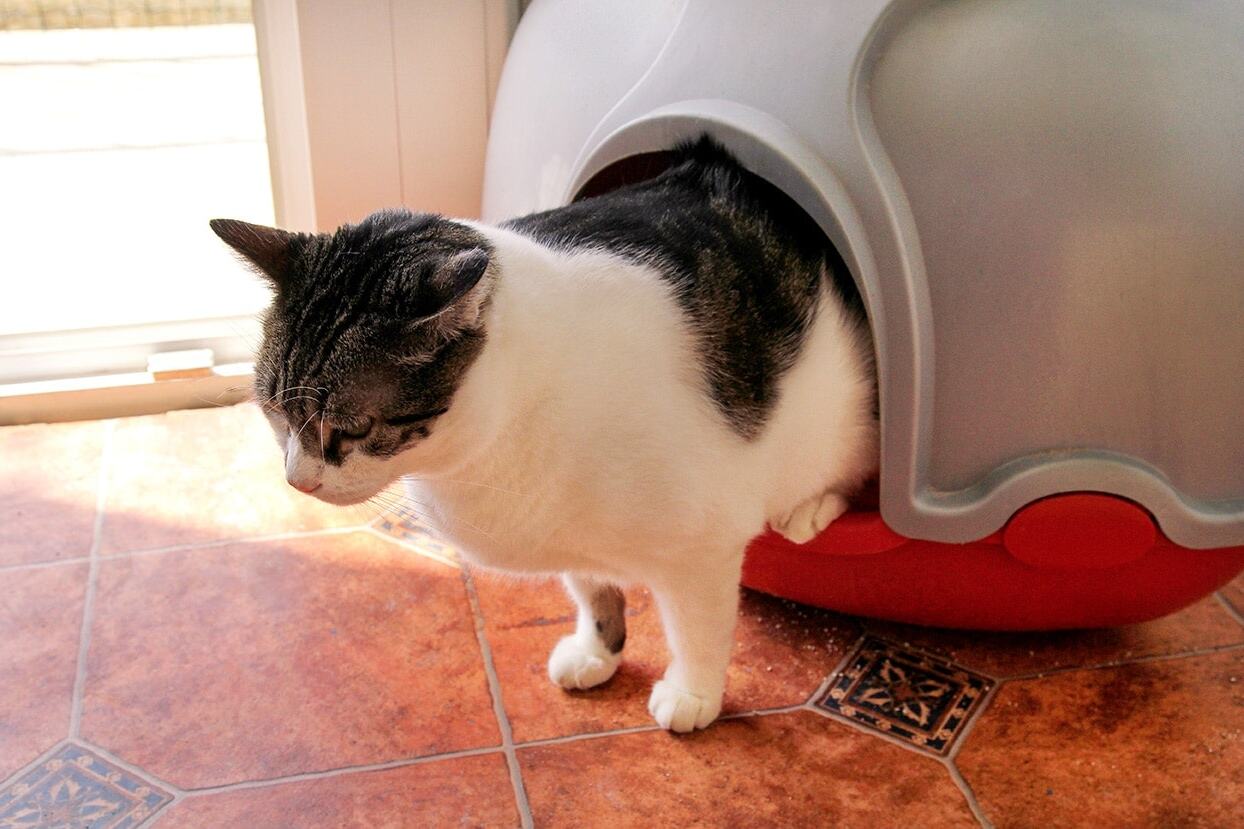
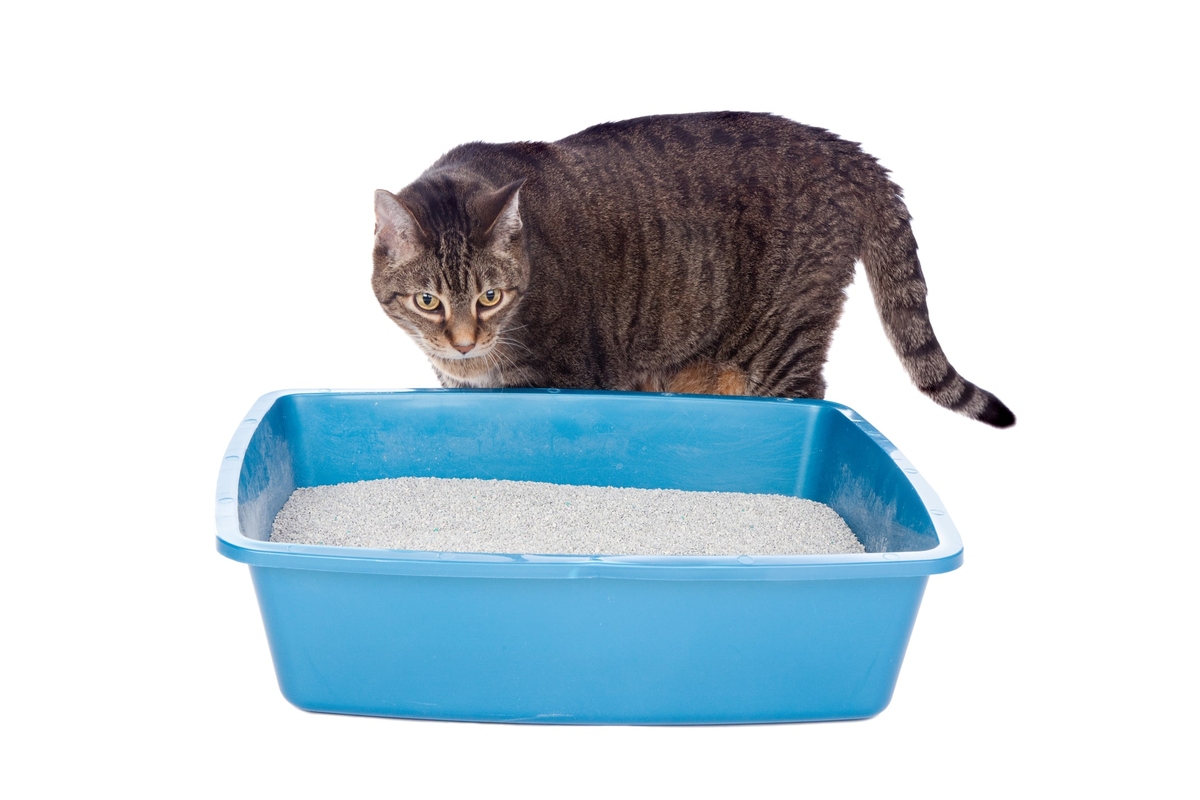
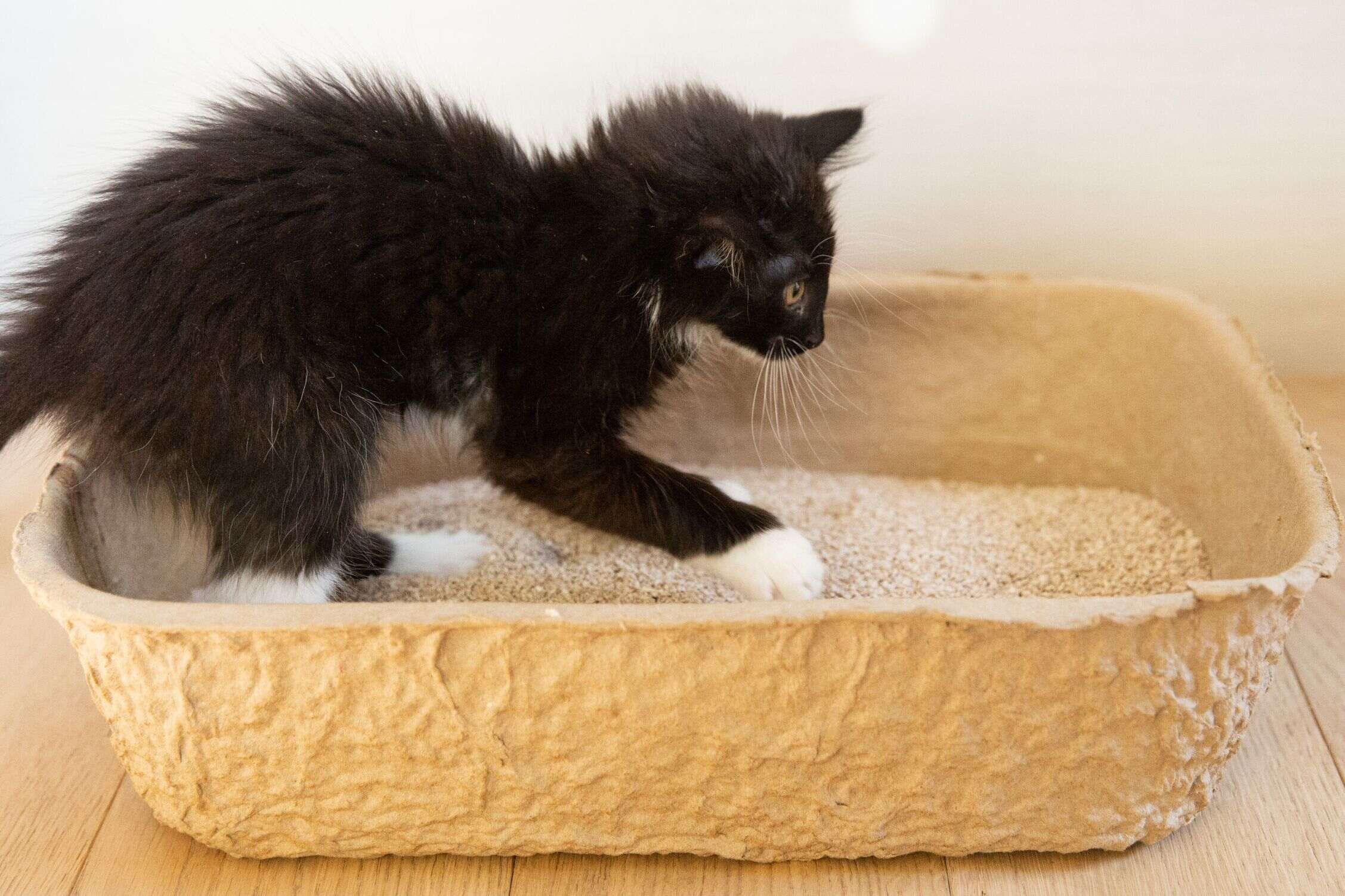

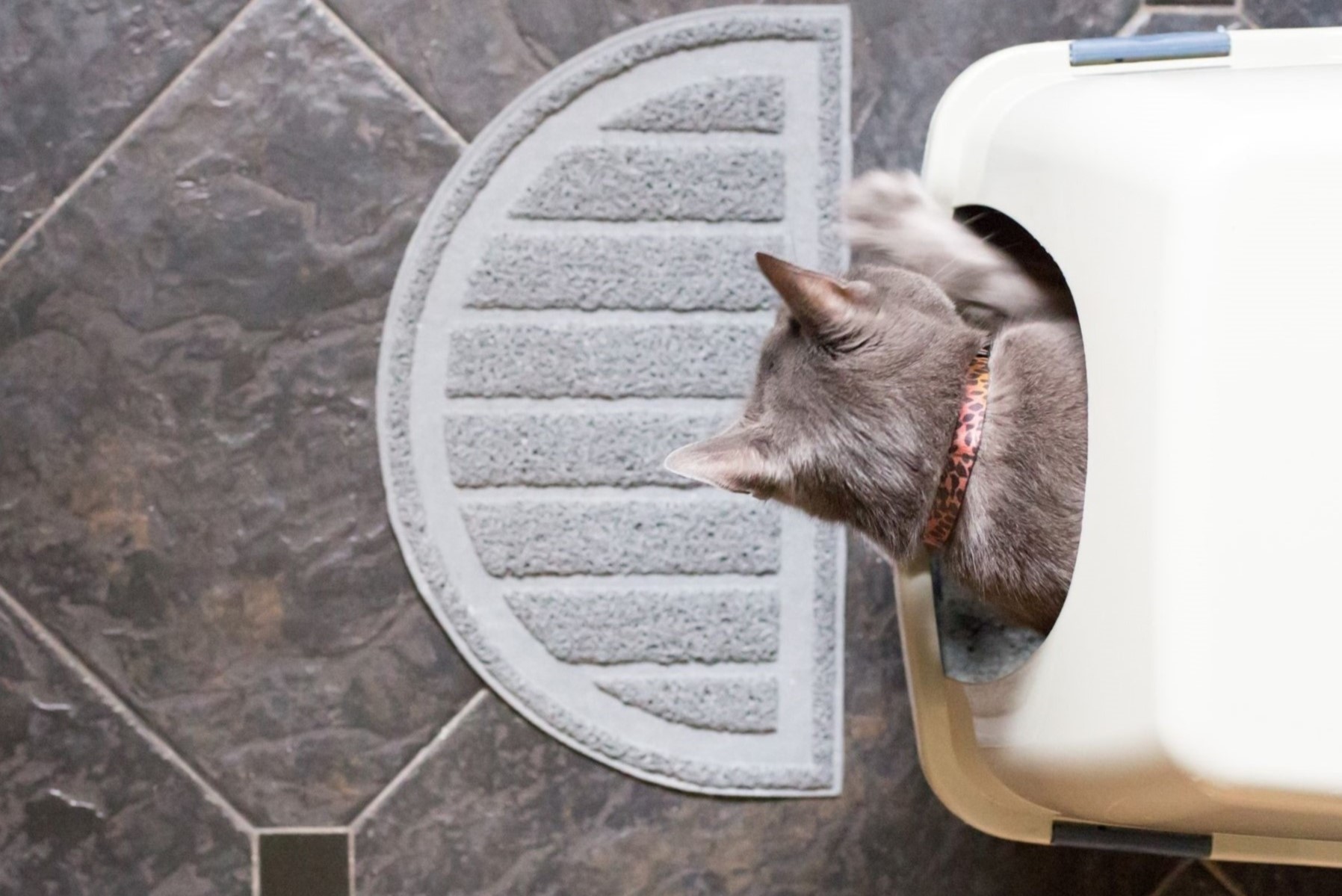
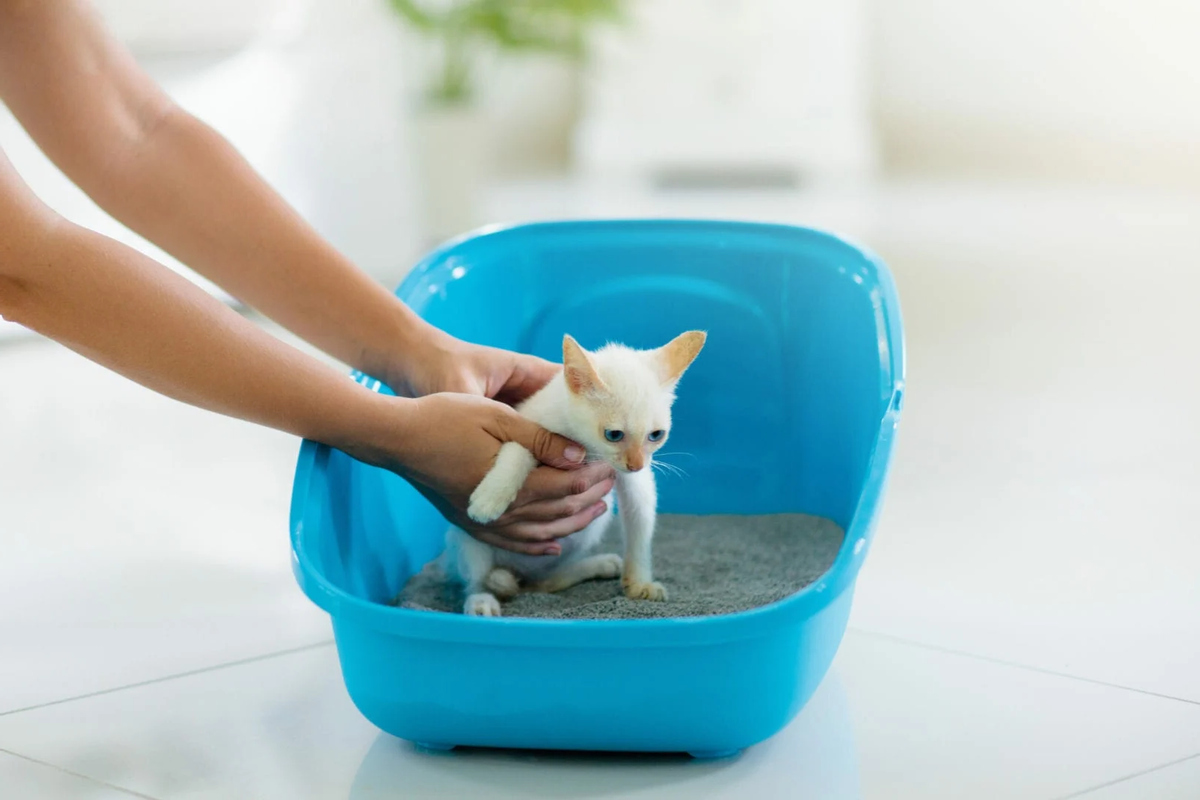
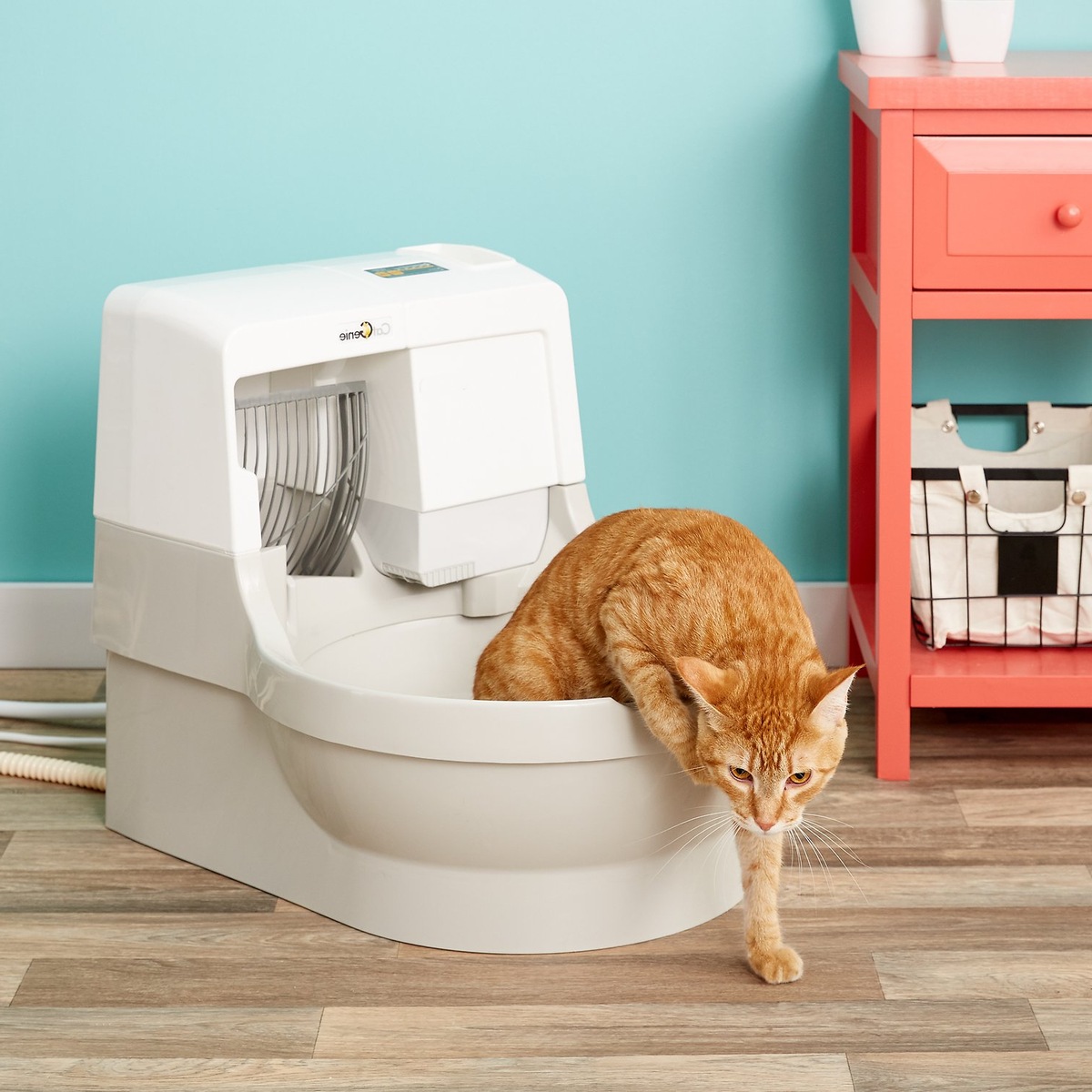
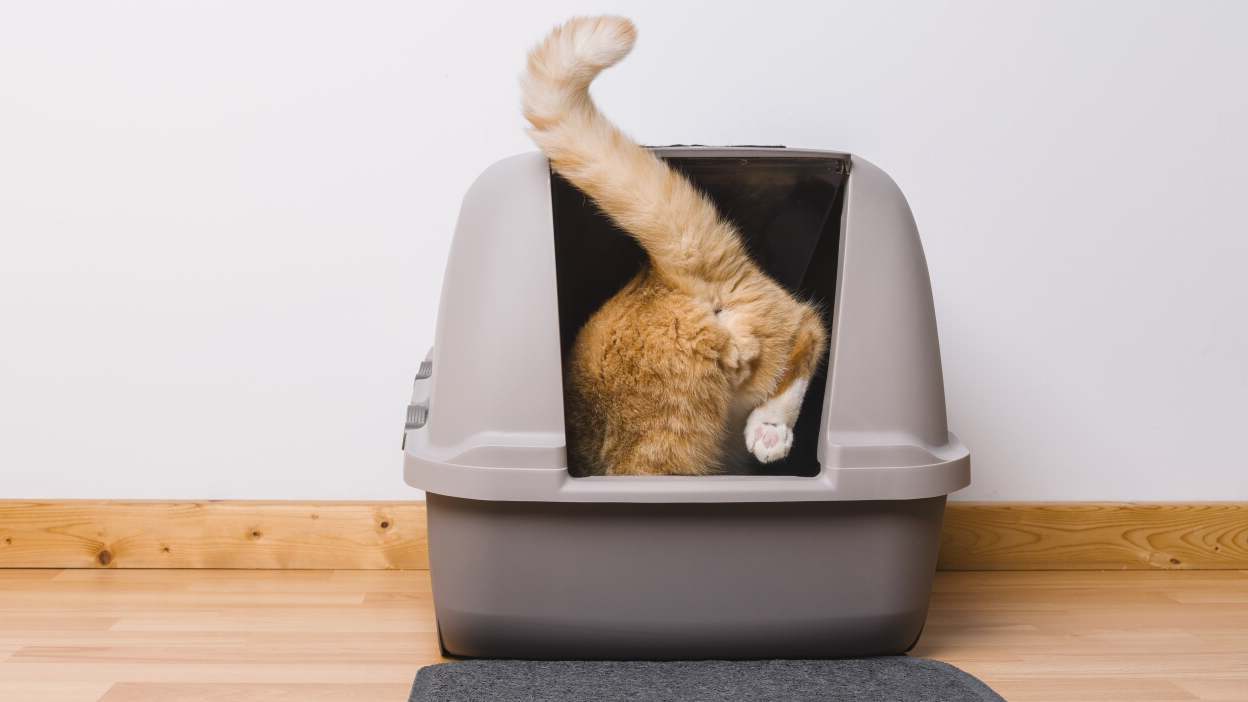
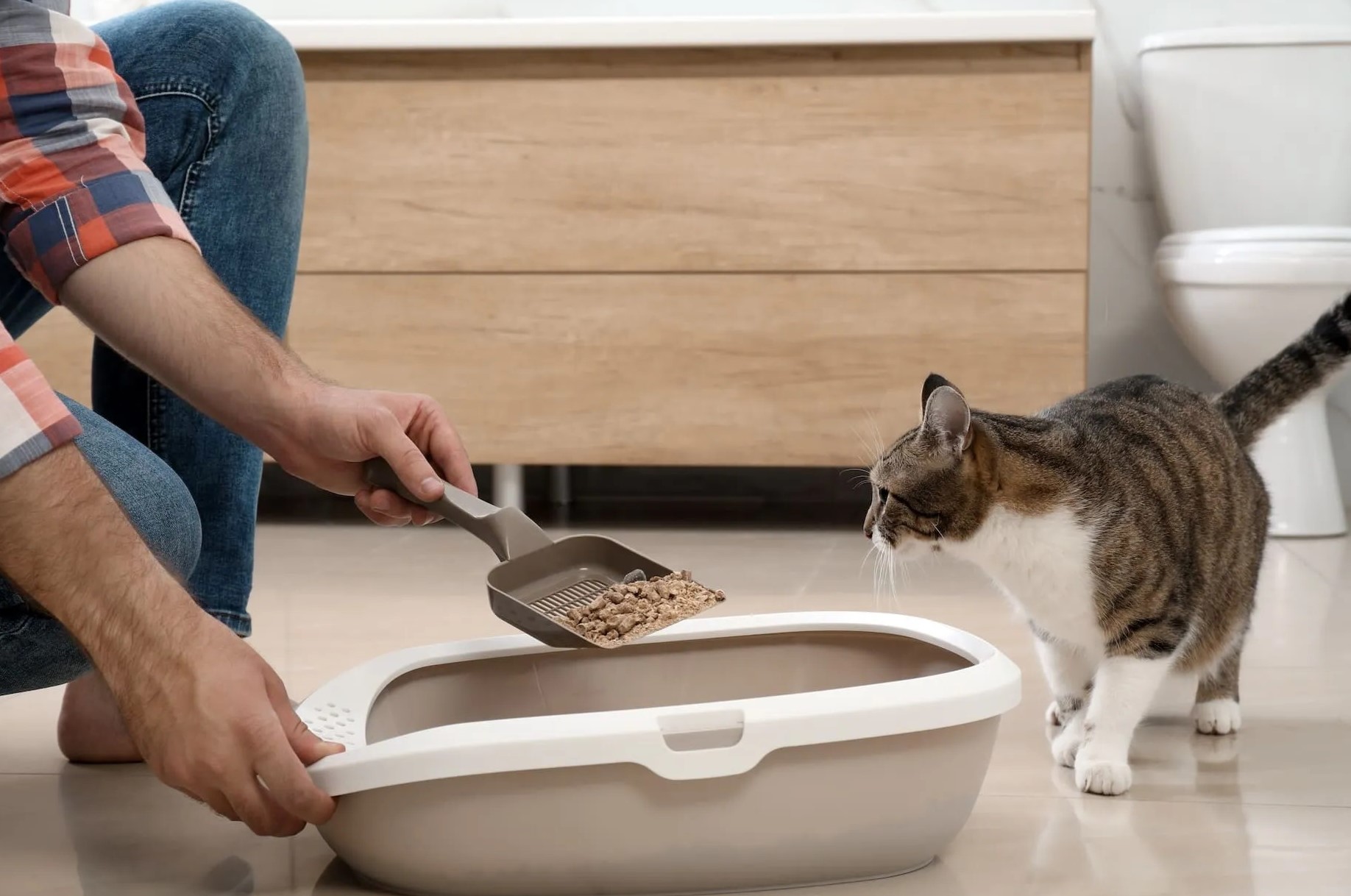
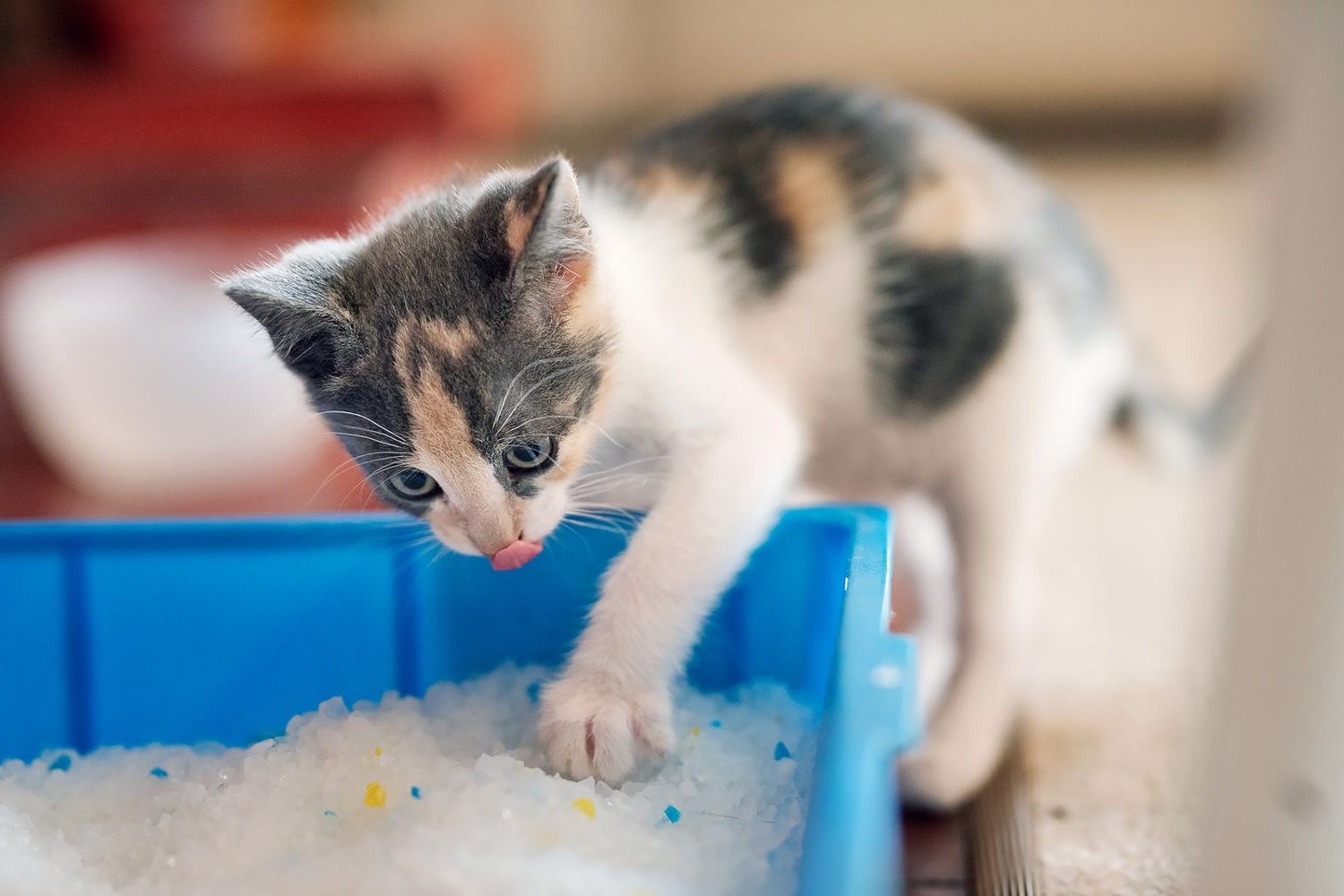
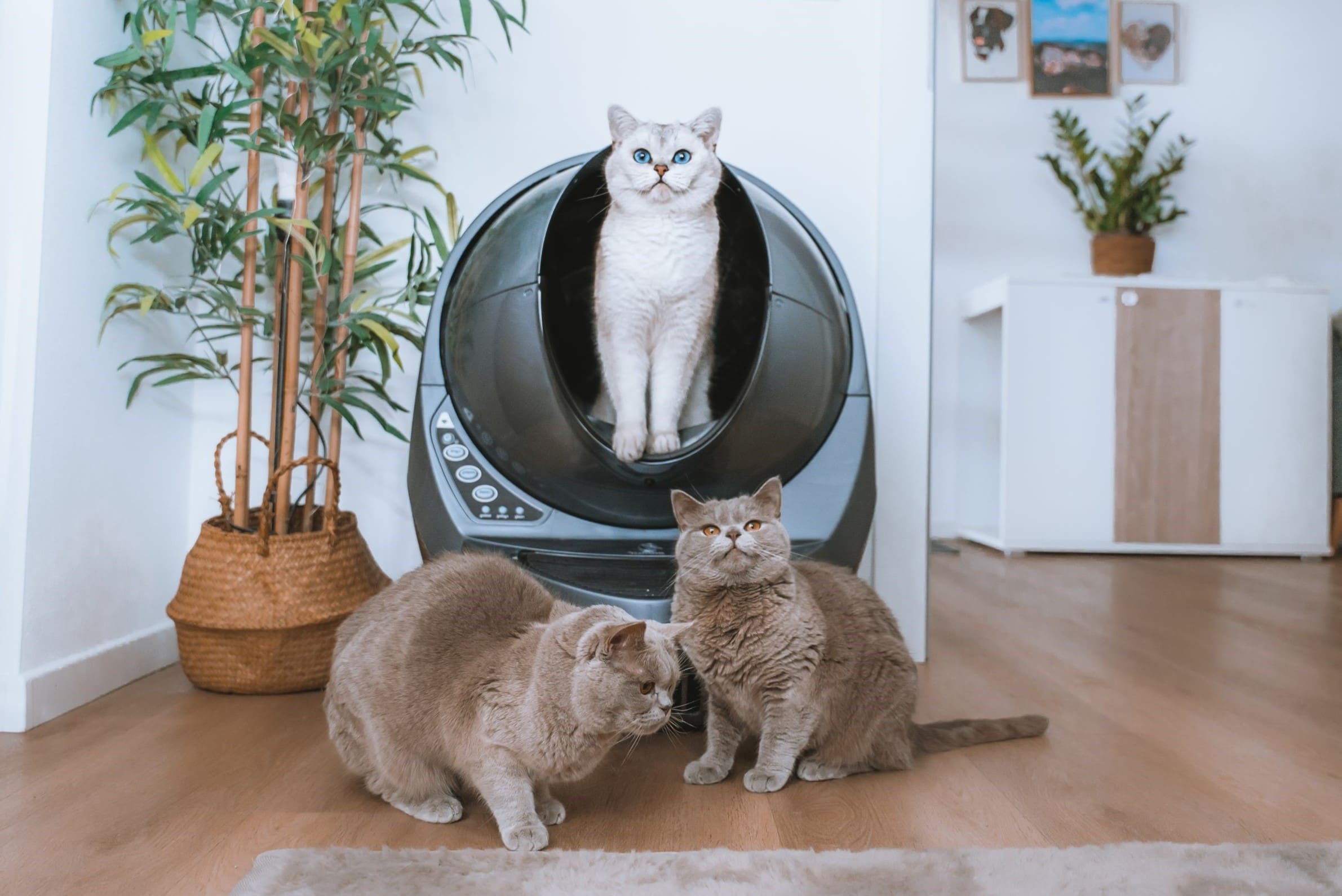
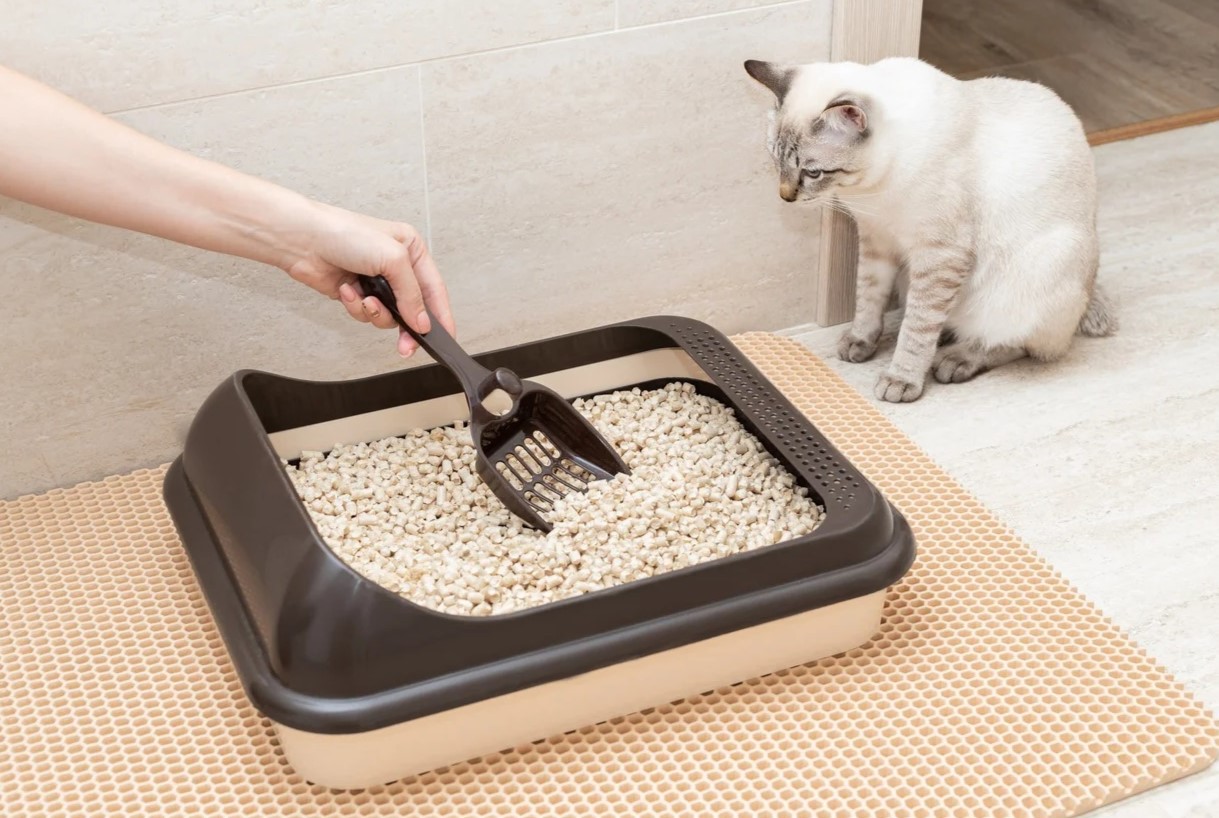

0 thoughts on “How Often Should A Cat Use The Litter Box?”